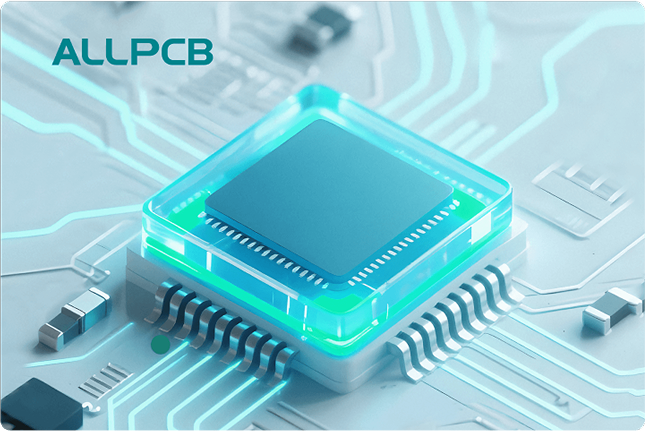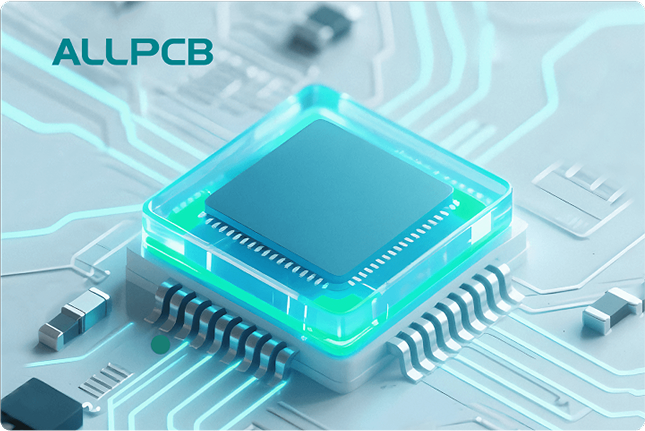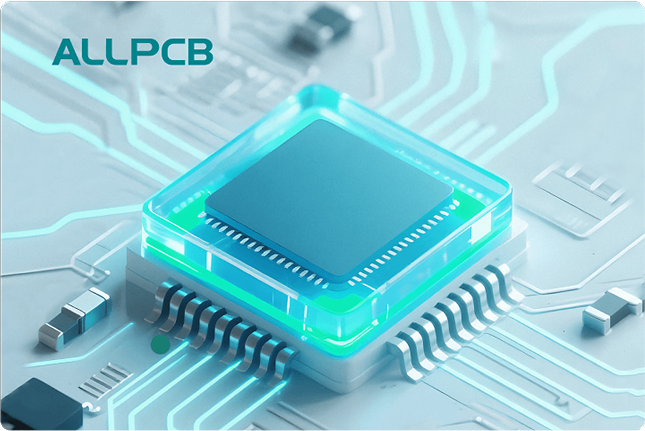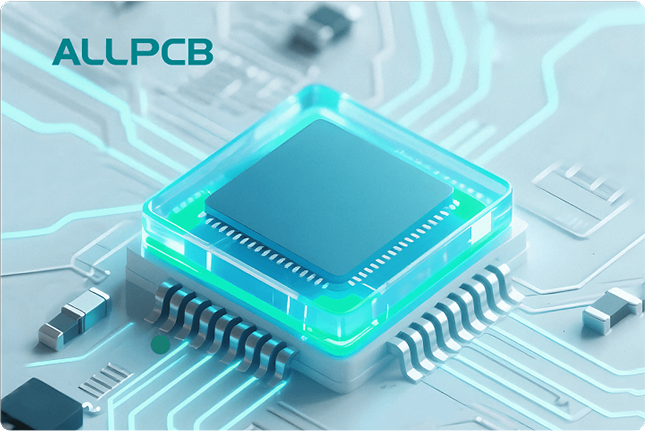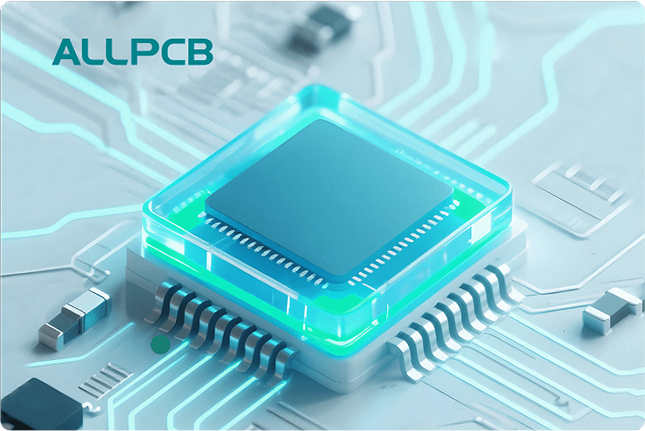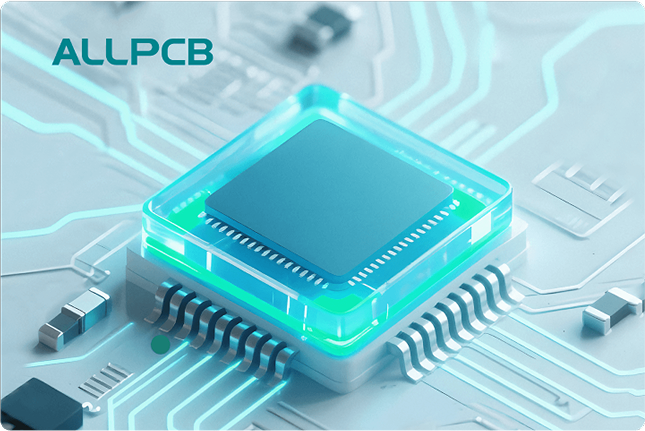If you're diving into surface mount technology (SMT) for PCB assembly, you might be wondering, "What is an SMT BOM, and why is it so important?" Simply put, an SMT BOM (Bill of Materials) is a detailed list of all components, parts, and materials required to assemble a printed circuit board using SMT processes. It acts as a blueprint for manufacturing, ensuring that every tiny resistor, capacitor, and integrated circuit is accounted for. In this comprehensive guide, we’ll break down everything you need to know about SMT BOMs, from creation and management to component selection, helping you streamline your PCB assembly process.
What is an SMT BOM (Bill of Materials)?
An SMT BOM, or Bill of Materials, is a structured document that lists every component needed for assembling a PCB using surface mount technology. Unlike traditional through-hole technology, SMT involves placing components directly onto the surface of the board, which often means dealing with smaller, more precise parts. The BOM serves as a critical tool for engineers, procurement teams, and manufacturers to ensure that the right components are sourced, placed, and soldered correctly.
A typical SMT BOM includes details like part numbers, descriptions, quantities, reference designators (unique identifiers for each component on the PCB), and sometimes supplier information or specifications. For example, a BOM might list a 1kΩ resistor with a specific tolerance of ±1% and a package size of 0402, ensuring that the exact part is used during assembly.

Why is an SMT BOM Important for PCB Assembly?
The SMT BOM is the backbone of any successful PCB assembly project. Without a well-organized BOM, you risk delays, errors, and increased costs. Here are some key reasons why it matters:
- Accuracy in Procurement: The BOM ensures that procurement teams order the correct components in the right quantities. Missing even a single 0.1μF capacitor can halt production.
- Efficient Assembly: SMT assembly machines rely on precise data from the BOM to place components accurately on the board. An error in the BOM could lead to misplaced parts or defective boards.
- Cost Control: A detailed BOM helps track component costs and avoid over-ordering or under-ordering, which can impact budgets.
- Traceability: If a component fails or a design needs revision, the BOM provides a clear record of what was used, making troubleshooting easier.
For instance, imagine assembling a board with 500 components. If just one part, like a specific 3.3V voltage regulator, is missing or incorrect, the entire batch could be unusable, costing time and money.
Key Elements of an SMT Parts List
An effective SMT BOM isn’t just a random list of parts; it’s a structured document with specific information. Here are the core elements every SMT parts list should include:
- Reference Designator: A unique identifier for each component on the PCB layout, such as R1 for a resistor or C3 for a capacitor.
- Part Number: The manufacturer’s part number to ensure the exact component is sourced.
- Description: A brief note about the component, like "10kΩ Resistor, 0603 Package."
- Quantity: The number of times a specific component is used on the board.
- Package Type: The physical size and shape of the component, such as 0402, 0805, or SOIC-8, which is critical for SMT placement.
- Manufacturer: The company that produces the component (optional but helpful for sourcing).
- Notes: Any additional information, such as tolerance (±5%), voltage rating (16V), or specific placement instructions.

How to Create an SMT BOM: A Step-by-Step Guide
Creating an SMT BOM might seem daunting, but with the right approach, it’s a straightforward process. Follow these steps to build an accurate and useful BOM for your project:
Step 1: Gather Design Data
Start by extracting component information from your PCB design software. Most design tools can generate a preliminary BOM that includes reference designators and basic part details. Ensure that your schematic and layout are finalized before creating the BOM to avoid discrepancies.
Step 2: Organize Components
Group similar components together, such as all resistors or all capacitors, to make the BOM easier to read. Use a spreadsheet or dedicated BOM management software to list each part with its details, ensuring no duplicates or missing entries.
Step 3: Verify Specifications
Double-check the specifications of each component, especially for SMT parts where size and tolerance are critical. For example, confirm that a capacitor rated for 25V is suitable for a circuit with a maximum voltage of 20V to prevent failures.
Step 4: Add Procurement Information
Include details like preferred suppliers or part availability to assist the procurement team. While not mandatory, this can speed up the sourcing process and reduce the risk of delays.
Step 5: Review and Export
Review the BOM for errors or omissions. Once finalized, export it in a format compatible with your assembly process, such as a CSV or Excel file, and share it with your manufacturing team.

BOM Management: Best Practices for SMT Projects
Creating an SMT BOM is just the first step; managing it effectively throughout the project lifecycle is equally important. Poor BOM management can lead to production delays, increased costs, and quality issues. Here are some best practices for SMT BOM management:
1. Use BOM Management Tools
Invest in software solutions that integrate with your design tools to automate BOM updates and track changes. These tools can flag obsolete parts or suggest alternatives if a component becomes unavailable.
2. Maintain Version Control
Keep track of BOM revisions as designs evolve. Label each version clearly (e.g., BOM_v1.0, BOM_v1.1) to avoid confusion during manufacturing.
3. Collaborate with Stakeholders
Ensure that design engineers, procurement teams, and manufacturers have access to the latest BOM. Real-time collaboration reduces errors and miscommunication.
4. Monitor Component Availability
SMT components, especially smaller packages like 0201 or specialized ICs, can have long lead times or become obsolete. Regularly check availability and update the BOM if substitutions are needed.
5. Standardize Formats
Use a consistent format for your BOM across projects to streamline communication with assembly partners. A standardized BOM reduces the learning curve for new team members or vendors.
For example, during a recent project involving a high-speed communication board, a last-minute component shortage forced a switch from a 50MHz oscillator to a 48MHz alternative. Thanks to proactive BOM management, the team identified a compatible substitute in advance, avoiding a two-week delay.
SMT Component Selection: Tips for Building an Effective BOM
Selecting the right components for your SMT BOM is crucial for performance, cost, and manufacturability. Here are actionable tips to guide your SMT component selection process:
1. Prioritize Compatibility
Ensure that components match the electrical and physical requirements of your design. For instance, a microcontroller with a 3.3V operating voltage should not be paired with 5V logic components unless level shifters are used.
2. Consider Package Sizes
SMT components come in various package sizes, such as 0402 for tiny resistors or QFN for compact ICs. Choose sizes that balance board space with ease of assembly. Smaller packages save space but may require more precise placement equipment.
3. Check Signal Integrity
For high-speed designs, select components that minimize signal loss. For example, use capacitors with low equivalent series resistance (ESR) for decoupling near a processor running at 1GHz to maintain signal integrity.
4. Evaluate Cost vs. Performance
Opt for components that meet your requirements without over-specifying. A resistor with a ±1% tolerance might cost more than a ±5% one, but if the circuit doesn’t demand high precision, the cheaper option is better.
5. Plan for Substitutions
Include alternative part numbers in your BOM for critical components. If a specific 10μF capacitor with a 6.3V rating is out of stock, having a pre-approved substitute can keep production on track.
Common Challenges in SMT BOM Management and How to Overcome Them
Even with careful planning, SMT BOM management can present challenges. Here are some common issues and solutions:
Challenge 1: Component Obsolescence
Solution: Regularly review lifecycle data for components in your BOM. If a part is nearing end-of-life, source a replacement early and update your design files.
Challenge 2: Data Entry Errors
Solution: Automate BOM creation using design software to minimize manual errors. Cross-check the BOM against the schematic before finalizing.
Challenge 3: Supply Chain Delays
Solution: Build relationships with multiple suppliers and maintain a small inventory buffer for critical components to avoid production halts.
Challenge 4: Miscommunication Between Teams
Solution: Use cloud-based tools for BOM sharing to ensure all stakeholders have access to the latest version in real time.
How an Accurate SMT BOM Improves Manufacturing Efficiency
A well-prepared SMT BOM directly impacts the efficiency of the manufacturing process. During SMT assembly, pick-and-place machines rely on BOM data to position components accurately at speeds of up to 100,000 components per hour for high-volume production. An error in the BOM, such as a wrong package size, could cause the machine to place a 0603 resistor where a 0402 was intended, leading to rework or scrap.
Moreover, an accurate BOM reduces setup time for assembly lines. By providing clear instructions and component details, it minimizes the need for manual intervention, ensuring that boards move from assembly to testing without delays. In a typical mid-volume run of 1,000 boards, shaving off just 5 minutes per board through BOM accuracy can save over 80 hours of production time.
Conclusion: Mastering SMT BOM for Successful PCB Assembly
Understanding and managing an SMT BOM (Bill of Materials) is essential for anyone involved in PCB design and assembly. From creating a detailed SMT parts list to selecting the right components and overcoming management challenges, a well-structured BOM ensures smooth procurement, efficient manufacturing, and high-quality results. By following the steps and best practices outlined in this guide, you can optimize your SMT component selection, streamline BOM management, and avoid costly errors in your projects.
Whether you’re a design engineer or part of a procurement team, mastering the art of the SMT BOM will save you time, reduce stress, and improve the overall success of your PCB assembly endeavors. Keep your BOM accurate, up-to-date, and accessible to all stakeholders, and you’ll be well on your way to seamless production.
 ALLPCB
ALLPCB


